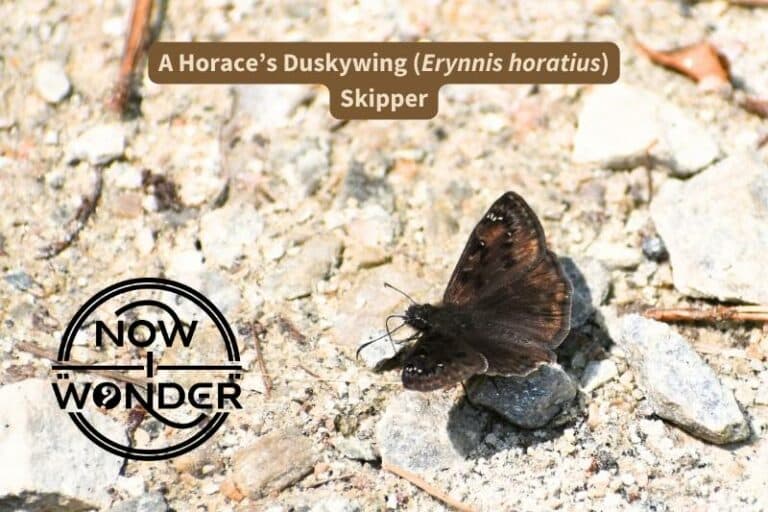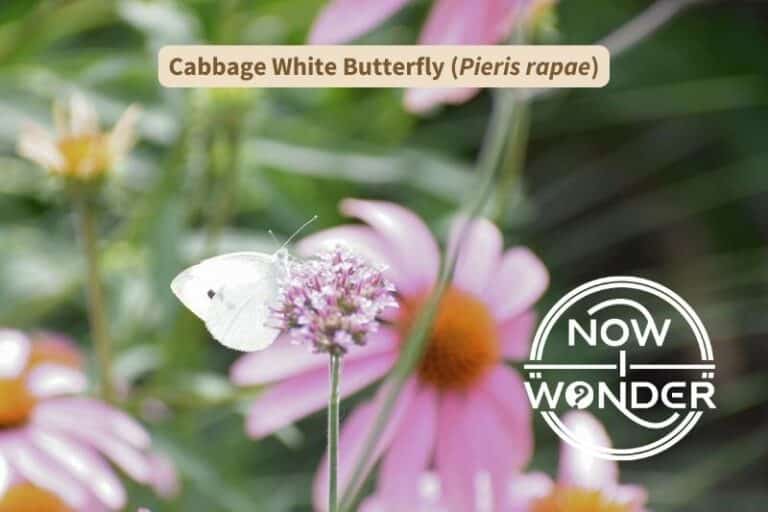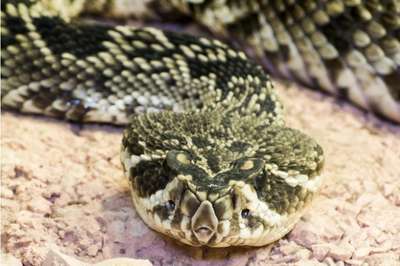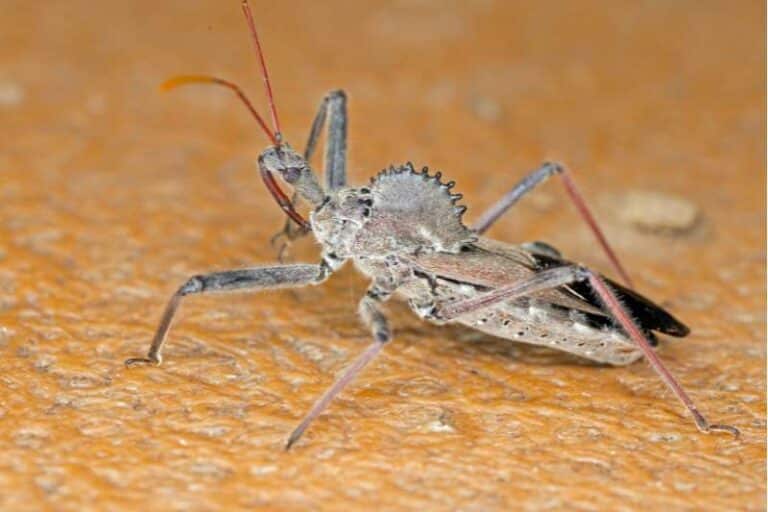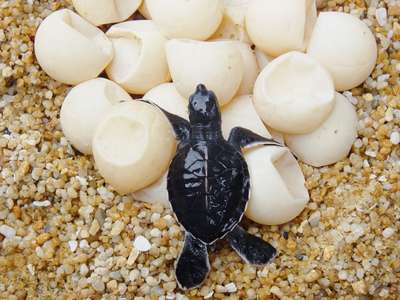People who are familiar with snakes may have heard the terms “cottonmouth” and “water moccasin”, Both are generally known to be venomous and found in the southeastern United States. Both of these terms are “common names”, meaning they are everyday names that may used by lots of different people in different places in the world to refer to different animals. So it can be difficult to understand which snake someone is referring to when they use the term “cottonmouth” or “water moccasin”.
The terms “water moccasin” and “cottonmouth” refer to the same species of North American pit viper snake, Agkistrodon piscivorus. Found in freshwater areas across the southeastern United States, A. piscivorus has been given different common names from the people who have inhabited its range.
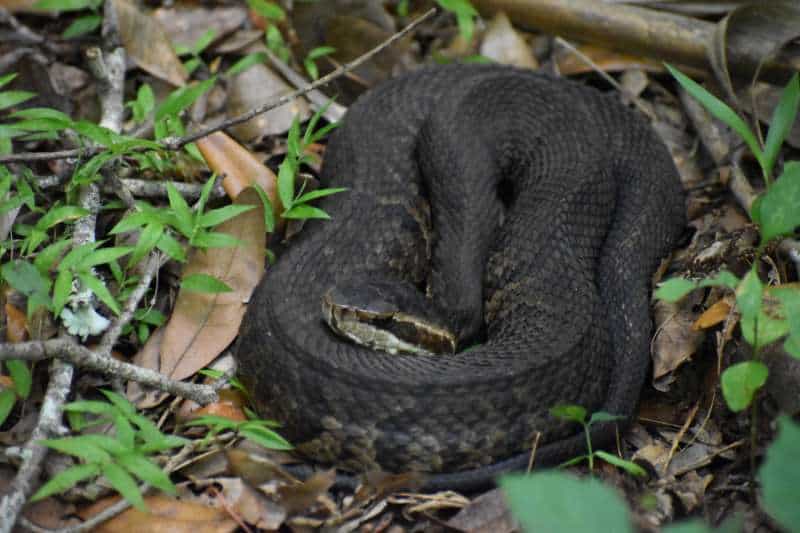
The fossil record shows that snakes have been slithering around on earth since the Cretaceous period (approximately 144-65 million years ago) (Halliday and Adler 2015). Humans have lived in the same geographical areas that Agkistrodon piscivorus occupies for approximately 12,000 years (Florida Department of State, date unknown). Therefore, A. piscivorus has been a daily part of life for humans inhabiting southeastern United States since we’ve been here. Read on to learn about this fascinating and dangerous snake.
Where did the terms “cottonmouth” and “water moccasin” come from?
The name “cottonmouth” comes from the white interior of Agkistrodon piscivorus’ mouth, which this snake displays when threatened. The etymology of the name “water moccasin” used to refer to this species of snakes is unknown.
How many species of cottonmouths are there?
All cottonmouth snakes are classified as species Agkistrodon piscivorus but there are three recognized sub-species, which interbreed where their ranges overlap: the eastern cottonmouth (A. p. piscivorus), the western cottonmouth (A. p. leukostoma), and the Florida cottonmouth (A. p. conanti).
What do cottonmouths look like?
WARNING: Cottonmouth snakes are venomous and highly dangerous. Keep your distance at all times and do not approach. Never move closer deliberately to any snake and always err on the side of assuming every snake is dangerous.
Adult cottonmouth snakes are thick-bodied snakes that typically grow about 3 feet (approximately 1m) long, although the largest individuals can grow up to approximately 6 feet (1.8m). They are sexually dimorphic in that males grow larger than females but otherwise both sexes within the same species look similar.
Their scales are keeled, meaning each scale has a raised ridge running lengthwise down the center, the top of their heads are covered in large scales, and they have single dark cheek stripes. Their belly scales are yellow with irregular black blotches. Because they are pit vipers, all cottonmouths have small, deep pits on their upper jaws that sense heat and aid the snakes in locating prey.
Eastern cottonmouths and western cottonmouths look similar but eastern cottonmouths tend to be lighter in color and have more obvious body patterning than western cottonmouth snakes. Florida cottonmouths are the darkest sub-species and have two dark vertical stripes on its nose (Behler and King 2020).
Body markings and coloration are even more variable for individuals born to males and females of different sub-species, which can make correct field identification difficult.
While cottonmouth snakes can be variable in color and appearance and thus difficult for amateurs to identify, the inside of their mouths are always a bright, clean white. The interior of other snakes’ mouths are brown, pink, or brown, so the white color is distinct to Agkistrodon piscivorus and gives the species its common name of “cottonmouth”.
When feeling threatened, a cottonmouth will gape its jaws and display the inside of its mouth. The white color contrasts sharply with its dark body and surroundings and broadcasts a strong visual warning. Any observer who is close enough to trigger this visual display is in serious danger of being bitten by this venomous snake and needs to remove him- or herself from the snake’s vicinity immediately.
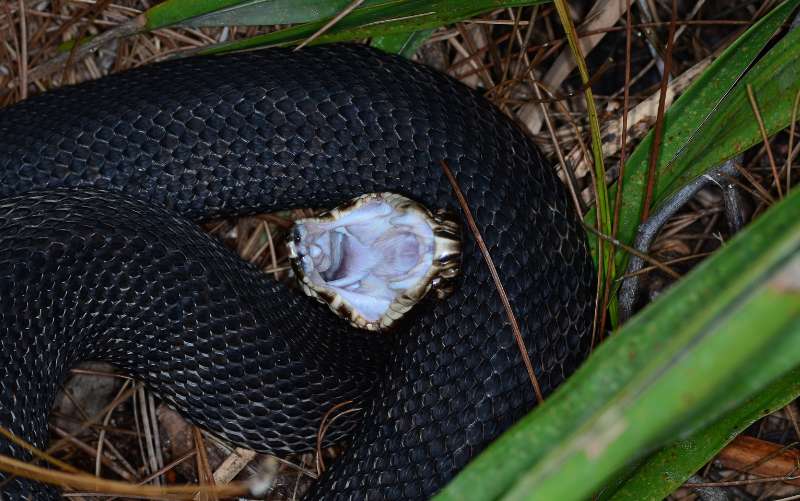
Cottonmouths are the only aquatic pit viper in the southeastern United States; all its relatives within family Viperidae live and hunt more on dry land. Cottonmouths prey on fish, amphibians, other reptiles, birds, and small mammals. They are excellent swimmers and can strike underwater as well as above the surface.
What other snakes can cottonmouths be mistaken for?
Cottonmouth snakes can be mistaken for several other venomous and non-venomous snake species, and vice versa.
Cottonmouth snakes can be mistaken for copperhead snakes (Agkistrodon contortrix), which is a related terrestrial pit viper species found throughout the southeastern United States. Both are pit vipers within family Viperidae, have heavy, thick bodies and triangular heads which are significantly wider that their bodies.
Baby cottonmouths are much lighter in color and have correspondingly brighter markings than adults which makes them look like copperheads at first glance. Also, both species of snake have bright yellow or greenish tail tips when they are young which they use to lure prey into striking distance (Behler and King 2020).
Adult cottonmouth snakes may also be mistaken for copperheads especially those cottonmouths that live in water with high tannin content. Tannins are chemicals that leach into water from decaying plant material and turn water brown. Cottonmouths inhabit freshwater swamps and flood plains; those individuals who live and swim in habitats where water tannin concentrations are high can turn a coppery brown color similar to that of the natural coloration of northern copperheads.
The primary difference between the two species is their preferred habitat.
Copperheads are land-based pit vipers; they tend to inhabit forests, meadows, and mountains, although they can be found along the margins of swamps where cottonmouths live.
Cottonmouths are semi-aquatic; they live primarily in freshwater environments and are found close to water sources, although some may venture surprisingly far inland to lay their eggs.
However, as both as venomous and potentially dangerous and their habitats have potential to overlap at the edges, accurate species identification is less important than maintaining personal safety at all times.
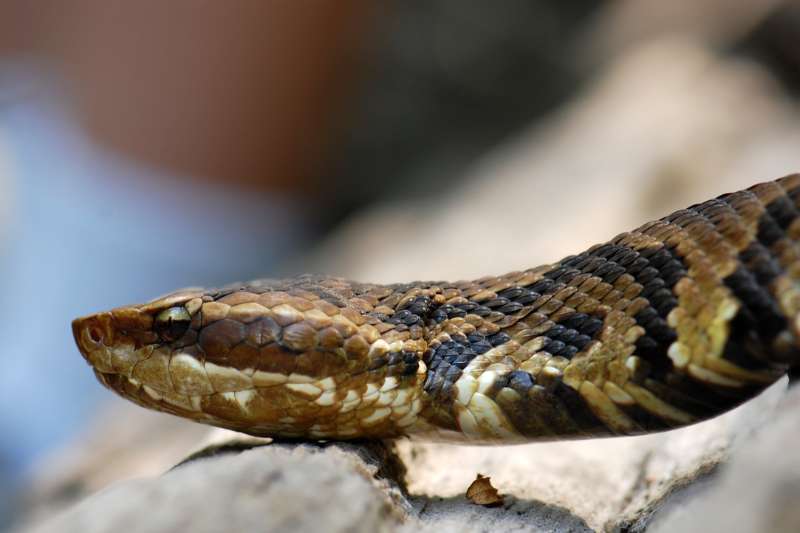
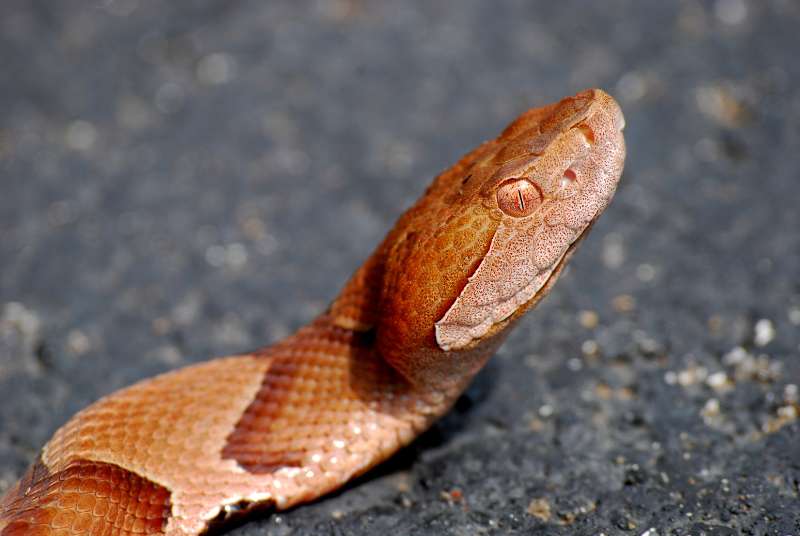
Water snakes, such as the northern water snake Nerodia sipedon, and cottonmouths can often be mistaken for each other as they share the same habitats and can have similar body coloration and markings. Many water snakes are also bulky, heavy-bodied snakes, grow to around the same size as cottonmouths, have similar markings at first glance, and are found in the same freshwater environments.
Water snakes also lack the wide, dark cheek stripe found on all but the darkest cottonmouths, and water snakes swim with their heads close to the water surface. In contrast, cottonmouths swim with their heads well above the water level (Behler and King 2020).
For more information about how snakes swim, check out this other Now I Wonder post “Can snakes swim?”.
Water snakes are classified in family Colubridae, rather than Viperidae like the cottonmouth, and since they are not pit vipers, they lack the distinctive heat-sensing facial pits that all pit vipers have. Additionally, water snake eyes protrude and can be seen from above, unlike the eyes of cottonmouths which are hidden from above by the scales of their eye ridges. The heads of water snakes are also more stream-lined than those of pit vipers, although it is risky for amateurs to use this feature for identification.

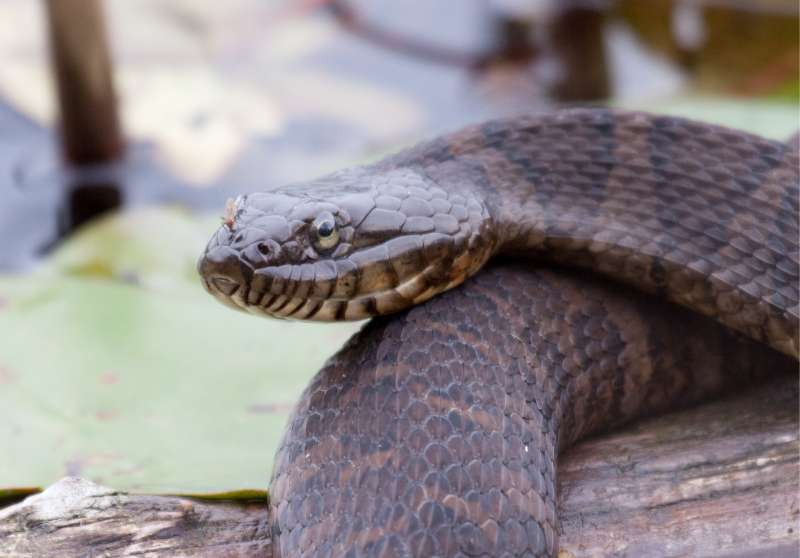
To learn about why head shape can be misleading, especially with water snakes, check out this other Now I Wonder post “Can you tell a snake is venomous by the shape of its head?”.
The visible differences between cottonmouths, copperheads, and water snakes are subtle and can only be seen with the naked eye by those who are unacceptably close to a snake, regardless of species.
Water snakes are notoriously bad-tempered and will bite if provoked. They can inflict serious wounds despite having no venom to inject. Both pit viper species are venomous so their bites are correspondingly more dangerous, with cottonmouth venom being much stronger and more potent than that of copperheads. Both will bite if harassed, threatened, or surprised but cottonmouths tend to be much more belligerent than copperheads and are more likely to stand their ground and strike. However, you should never assume a snake will behave a certain way. Bites from either of these snake species are life-threatening so the only safe assumption is that the snake will strike.
WARNING: All pit viper snakes are venomous and highly dangerous. Keep your distance at all times and do not approach. Never move closer deliberately to any snake and always err on the side of assuming every snake is dangerous.
Putting yourself at risk to differentiate one species of snake from another based on subtle field marks is foolhardy; every snake should be treated with the greatest respect and this is especially true and important for venomous snakes.
Whether you refer to them as “cottonmouths”, “water moccasins”, or Agkistrodon piscivorus, the best way to show proper respect for these snakes is to avoid them completely.
Related Now I Wonder Posts
To learn more about snakes, check out these other Now I Wonder posts:
- Can snakes swim?
- Can you tell a snake is venomous by the shape of its head?
- Do snakes eat other snakes?
- How do snakes move around?
- Can snakes climb trees?
- Why do snakes climb trees?
- Pythons, boas, anacondas: Meet the world’s biggest snakes
- What are the world’s biggest snakes afraid of?
References
Behler JL, King FW. 2020. National Audubon Society field guide to reptiles and amphibians: North America. New York (NY): Alfred A. Knopf.
Florida Department of State. Early human inhabitants [Internet]. Tallahassee (FL). Available at: https://dos.myflorida.com/florida-facts/florida-history/a-brief-history/early-human-inhabitants/
Halliday T, Adler K. 2015. Snake families. 3rd ed. Firefly Encyclopedia of Reptiles and Amphibians, Windmill Books (Andromeda International), 2015.

